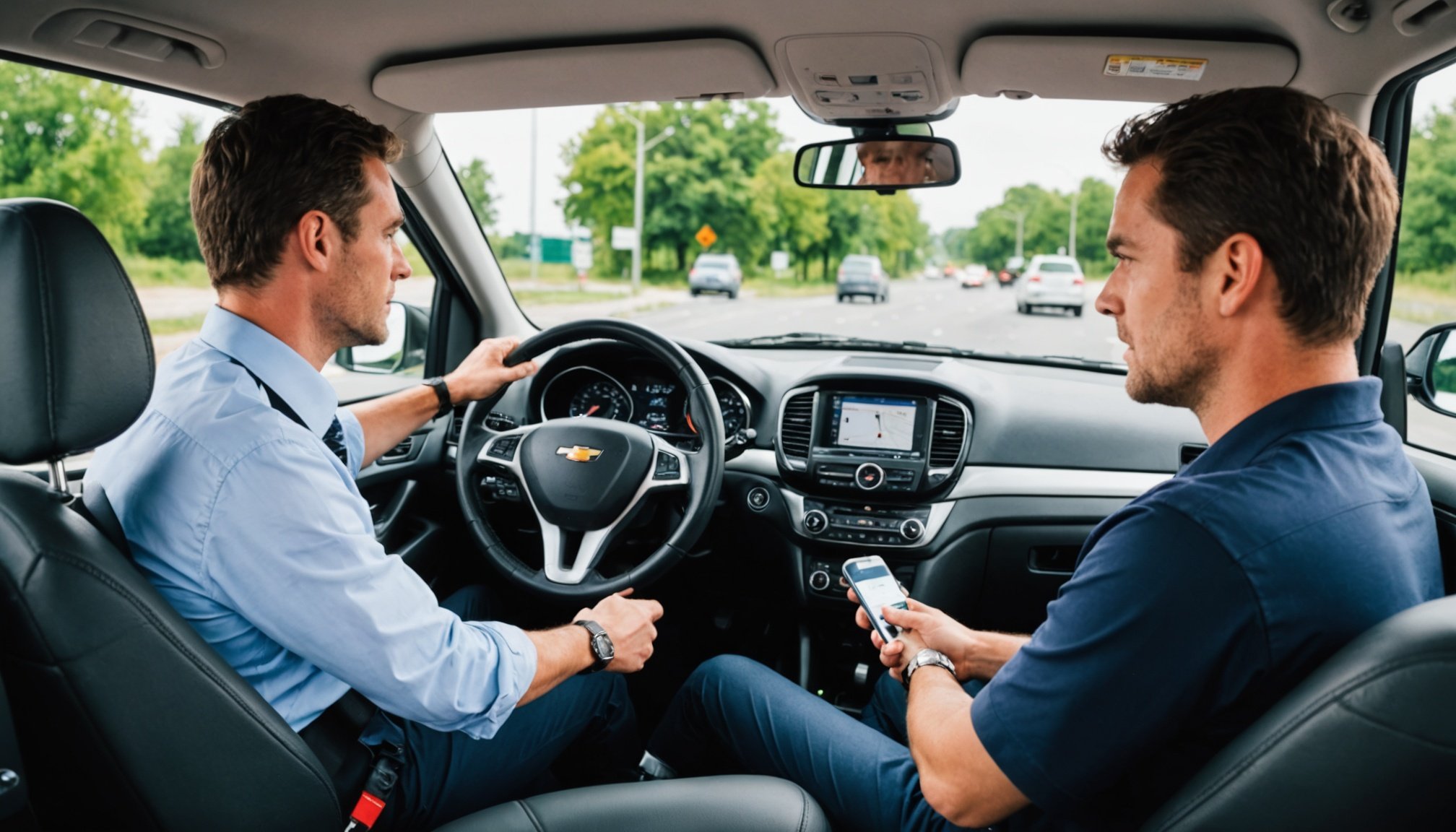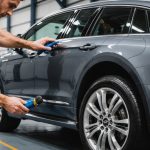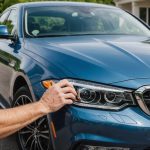In the chaotic realm of roadways, communication between drivers is nothing short of essential. Whether navigating bustling traffic in a metropolis or traversing serene countryside lanes, every driver shares the common goal of reaching their destination safely. But how can we ensure that our intentions are unequivocally understood by others sharing the road? This article aims to unravel the subtleties of driver-to-driver communication, emphasizing the crucial role it plays in fostering a safe and efficient driving experience.
Understanding the Dynamics of Driver Communication
When it comes to communication on the road, subtle gestures and predetermined signals are paramount. Unlike verbal exchanges, drivers rely on a visual language that transcends words. From traffic signs to hand signals, these non-verbal cues convey messages imperative for safe driving.
Also read : What are the legal requirements for vehicle safety inspections in the UK?
The Language of the Road
Imagine driving on a busy highway. In these moments, communication transcends the traditional confines of speech. Instead, it becomes a ballet of signals, each gesture speaking volumes. Headlights flash, horns beep, and blinkers tick – each a message in its own right. It’s essential for every driver to recognize and respect these signals, fostering an environment where all feel safe.
Key Tools for Effective Communication
One cannot overlook the key tools that facilitate communication on the road:
Also read : How can I choose the safest car for my family without breaking the bank?
- Turn Signals: An indispensable tool for indicating changes in direction, allowing other drivers to anticipate and react accordingly.
- Brake Lights: These lights are not just for showing a stop; they also signal to vehicles behind to slow down, preventing potential rear-ends.
- Horn: Often misunderstood, a horn can be a friendly alert or a warning, making its nuanced use critical.
Understanding these dynamics ensures a smoother and safer drive, not just for you but for everyone on the road.
The Role of Defensive Driving in Enhancing Safety
Defensive driving is an art that every driver must master. At its core, it is about anticipating potential hazards and reacting in ways that minimize risk. This approach not only aids in personal safety but also enhances the overall road experience for other drivers.
Anticipate and React
Being a defensive driver means always staying one step ahead. It is about reading the flow of traffic, understanding the intentions of other drivers, and making informed decisions that account for unforeseen circumstances. By doing so, you communicate your competence and consideration, fostering an atmosphere of mutual respect on the road.
Managing Speed and Space
Maintaining appropriate speed and keeping a safe distance from other vehicles are crucial. It’s about managing your space effectively to ensure you have the time and room to react should the unexpected arise. This proactive approach signals to other drivers your awareness and commitment to safety.
The Influence of Commercial Fleets
Professionals in fleet management often embody the pinnacle of defensive driving. These drivers, piloting large vehicles, are trained to prioritize safety, often acting as the unsung heroes of the road. Observing commercial drivers can offer valuable lessons in effective communication and defensive techniques.
Communicating in High-Stress Traffic Environments
Navigating high-stress traffic environments requires a strategic approach to communication. In these scenarios, the stakes are raised, and the margin for error is slim. Thus, ensuring clear communication becomes imperative.
Adapting to Congested Roads
Dense traffic can be overwhelming, but it’s crucial to remain composed and clear-headed. Effective communication in these situations means being predictable in your actions, using signals consistently, and maintaining a calm demeanor. By doing so, you not only ensure your safety but also contribute to a collective sense of order.
Acknowledging Other Drivers
Acknowledging the presence and intentions of other drivers can alleviate tension and foster cooperation. A simple wave or nod can do wonders in de-escalating potential road rage incidents, showing that you’re aware and empathetic of the shared road experience.
Time Management and Patience
Managing your time effectively during peak hours can drastically reduce stress. Allowing ample time for your journey means you’ll be less likely to rush, making a commitment to safe driving and clear communication with other drivers.
In these environments, every action is scrutinized, making the clarity and predictability of your signals paramount for ensuring a harmonious and safe journey.
Leveraging Technology for Improved Communication
Modern technology is revolutionizing communication on the road, introducing innovative tools that aid in ensuring safety and efficiency. These advancements, when used responsibly, can significantly enhance driver-to-driver interactions.
The Rise of Smart Vehicles
Today’s vehicles come equipped with driver assistance systems that communicate not just with the driver but also with other nearby vehicles. Features like adaptive cruise control, lane-keeping assistance, and collision warnings provide critical messages to drivers, enhancing overall safety.
The Role of Navigation Apps
Navigation apps like Google Maps or Waze offer real-time traffic updates, notifying you of bottlenecks, accidents, or speed traps. These apps promote a defensive driving approach, allowing you to adjust your route and communicate effectively with other vehicles on the road.
The Future of Vehicle Communication
As technology continues to evolve, vehicle-to-vehicle (V2V) and vehicle-to-infrastructure (V2I) communication systems are set to become more prevalent. These systems will allow vehicles to share information about traffic conditions, road obstructions, and even signal changes, creating a safer and more interconnected road environment.
With these technological aids, the potential for effective communication on the road is boundless, promising a safer future for all drivers.
In the grand tapestry of road travel, communication serves as the thread that ties all drivers together. Mastering the art of conveying clear messages ensures a safe and harmonious journey, reducing potential conflicts and enhancing traffic flow. By embracing both traditional signals and modern technological tools, we can pave the way for a future where driving is not just about getting from point A to B but doing so with safety and clarity. As we move forward, let us commit to being conscientious drivers, ever mindful of our role in the shared experience of the road.










